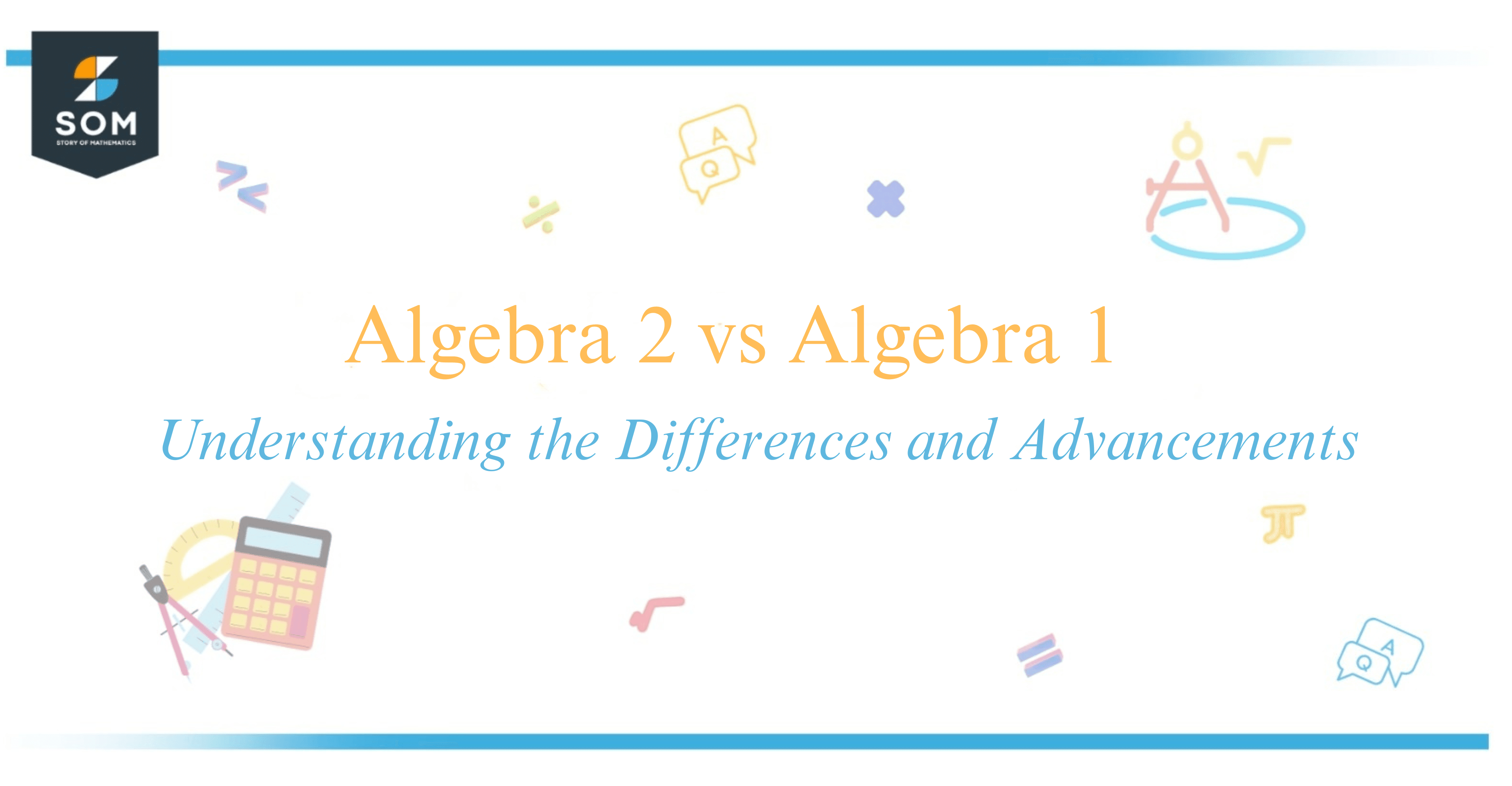
The algebra 2 is often perceived as a challenging leap from its predecessor, Algebra 1, primarily because it builds on the foundation laid by the first course to introduce more complex mathematical concepts.
In Algebra 1, I focused on the basics like solving linear equations, working with inequalities, and grasping the fundamentals of functions. Progressing to Algebra 2, I encountered a broadened curriculum that included quadratic functions, polynomials, and an introduction to trigonometric functions.
My journey through these courses deepened my understanding of math as I explored how algebra serves as a crucial tool for solving real-world problems. Let’s embark on an exploration to understand how these two courses relate and why mastering both is a rite of passage for any math student.
Main Differences Between Algebra 1 and Algebra 2
The main differences between Algebra 1 and Algebra 2 lie in the complexity and scope of the mathematics topics they cover. Algebra 1 lays the groundwork by introducing basic concepts, while Algebra 2 dives into more complex topics that build upon that foundational knowledge.
Variables & Equations:
- Algebra 1: Focuses on manipulating and solving linear equations, and inequalities involving variables typically represented as $x$ and $y$.
- Algebra 2: Expands to handle more complex equations including exponential ($a^{x}$) and logarithmic ($\log x$) functions as well as inequalities.
Functions & Polynomials:
- Algebra 1: Introduces the concept of functions as well as polynomials, mainly dealing with
Mathematical Skills and Real-World Applications
When I weigh the complexities of Algebra 1 against those of Algebra 2, I notice a clear enhancement in the level of mathematical skills required. Algebra 1 lays the groundwork with linear equations—you know, where you find myself solving for $x$ in equations like $y = mx + b$.
| Algebra 1 | Algebra 2 |
|---|---|
| Linear equations | Quadratics |
| Simple graphing | Polynomial arithmetic |
| Basic statistics | Rational exponents |
Algebra 2 ventures further by embedding these concepts into more real-world scenarios. For example, understanding quadratics becomes essential when I analyze projectile motions or financial projections. There’s a special satisfaction in manipulating equations such as $ax^2 + bx + c = 0$ and watching them unravel complex problems.
Sequences and series step into the spotlight here, allowing me to predict trends and behaviors by understanding geometric and arithmetic progressions. With polynomial arithmetic, operations like addition and multiplication take on a new dimension, transforming shapes and intersections on my graph paper.
Incorporating radicals and rational exponents adds a layer of sophistication. I dive into equations like $x^{\frac{2}{3}} = 8$ to find values for $x$ that seemed elusive in my earlier math journey. Domains of functions also become pivotal, helping me map out the limitations and possibilities of a function.
All these skills aren’t just to boost my performance in the United States education system; they’re gateways to higher mathematics such as calculus and linear algebra. And let’s not forget their essential role in statistics, where I interpret data and make informed decisions based on probabilistic models.
Through college algebra, I’ve had the chance to apply these mathematical principles to various fields, from economics to engineering. Who knew that quadratic equations and the polynomial functions would be my dependable companions outside the classroom?
Conclusion
As we’ve journeyed through the realms of Algebra 1 and Algebra 2, we’ve seen that each has its unique set of challenges and learning objectives. Moving from Algebra 1, which primarily introduces the fundamental concepts of solving and graphing linear equations and inequalities, our foray into Algebra 2 brings us face-to-face with more complex functions like exponential ($e^x$) and logarithmic ($\log(x)$) equations.
In my experience, building on the foundation from Algebra 1 is vital as Algebra 2 delves into new territories such as complex numbers and polynomials to a deeper degree. This progression isn’t just about learning more complicated equations; it cements a critical thinking approach to mathematical problems.
I respect that this transition can be steep for some, which is why having a solid grasp of Algebra 1 concepts is crucial. Mastery of basics such as factoring ($ax^2 + bx + c = 0$), understanding functions, and dealing with fractional equations ensures smoother sailing into the advanced materials covered in Algebra 2.
One thing is certain, the skills honed in Algebra 2 are instrumental for academic progression, especially if mathematics, engineering, or the physical sciences are on one’s horizon. As I reflect on my own mathematical journey, the leap from Algebra 1 to Algebra 2 was challenging but absolutely rewarding in the long run, impacting my understanding of more advanced mathematical concepts.
